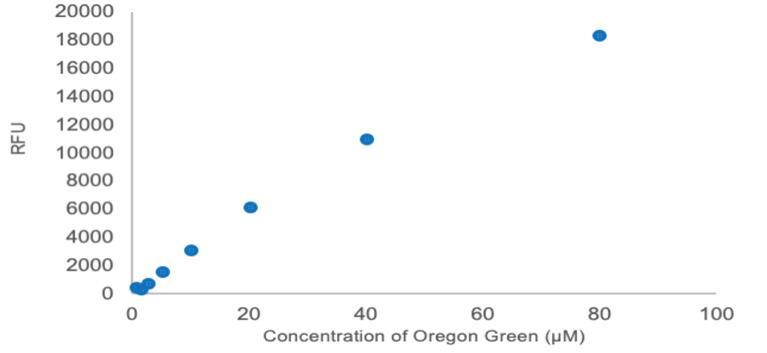
2 minute read
Effects of Stress on Behavioral Inhibition in Male and Female Rats Tested via Operant Touchscreen Chambers
Sarah Goldsmith, Emery Harlan, and Susannah Garber Faculty Sponsor: Dr. Olga Lipatova, Department of Psychology
Abstract
Addiction is a disease that changes behavior in negative ways including a compulsion to seek addictive substances, despite recurring negative consequences. Addiction can disrupt the healthy function of a body, and can affect people differently (ASAM, 2011; NIDA, 2014). Evidence suggests that there is a sex difference related to drug addiction, such as the intensity of addiction, withdrawal symptoms, and likelihood of relapse (Becker & Chartoff, 2019). The present study was designed to investigate how stress affects the spontaneous recovery of a previously extinguished appetitively-conditioned touchscreen response in male and female rats. In this experiment, spontaneous recovery models relapse to addiction after a period of abstinence. The rats underwent acquisition training, extinction training followed by a retention interval, and then finally, a spontaneous recovery test. A (Sex: male vs female; by Stress: stress vs no stress; by Block: 10-trial blocks) repeated measures ANOVA indicated a within-subject effect of blocks during spontaneous recovery test [F(5, 60) = 15.9, p < 0.01] suggesting that the percent Conditioned Response
(CR) significantly decreased across trials in all rats. There was also a significant Stress by Block interaction [F (5, 60) = 3.86, p < 0.01]. Follow-up analysis showed that both male and female rats that were exposed to an acute stress prior to the spontaneous recovery test had significantly greater CR percentages on block one [F (1, 12) = 13.11, P < 0.01] and on block two [F (1, 12) = 17.79, p < 0.01] compared to non-stressed rats. We found that acute stress significantly reduced inhibition of previously extinguished conditioned touchscreen responses in males and females. These results suggest that stress impairs the ability to inhibit a previously learned behavior. Interestingly, our data showed high variability in conditioned responding in female rats that received stress exposure. It is possible that stress effects in female rats are dependent on the fluctuating levels of estrogen across the different phases of their natural estrous cycle. Further studies will include using ovariectomized rats replaced with estrogen to test the interactive effects of estrogen and stress on behavioral inhibition.
Sarah Goldsmith is a member of the Christopher Newport University Class of 2021. She is majoring in Neuroscience and is pursuing minors in both Biology and Leadership Studies. At CNU, Sarah is involved in Dr. Lipatova’s Hormones and Behavior research lab, a member of the President’s Leadership Program, a sister of Delta Gamma Women’s fraternity, and a participant of REACH alternative breaks for which she also serves as the President. Following graduation, Sarah aspires to enter a PhD program so she can continue doing research. Ideally, she would like to conduct research in the field of Neuroendocrinology.
Emery Harlan plans to graduate from Christopher Newport University with a Bachelor of Science in both Neuroscience and Psychology in May 2022. While attending CNU, he became a member of Dr. Lipatova’s Hormones and Behavior research lab. Emery became interested in Neuroscience and Psychology after completing AP Biology and CIS Psychology in high school, and he currently plans to attend graduate school for a PhD after graduation.
Susannah Garber is a member of the Christopher Newport University class of 2022. She is majoring in Cellular, Molecular, and Physiological Biology, with a double minor in Leadership and Chemistry. Since coming to CNU she has become a part of Dr. Lipatova’s Hormone and Behavior Research Lab. She is also involved in Cru, Take Note A Cappella, and regularly volunteers with Riverside Regional Medical Center. After graduation, she plans to attend graduate school and pursue her PhD.
This poster was accepted for presentation at the 125th Annual Meeting of the Eastern Psychological Association.








